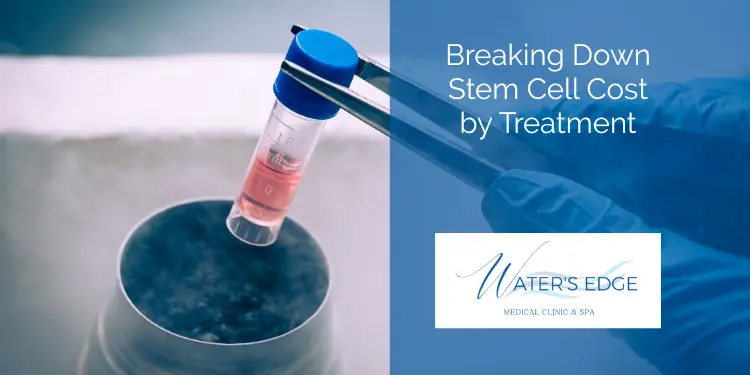Thinking about stem cell treatments? It’s a hot topic these days, and for good reason—they offer a lot of promise for different health issues. But let’s be real, one of the first things people wonder about is the price tag. How much does it actually cost? And why does it seem to vary so much? This article will break down the typical stem cell cost for various treatments, from fixing up joints to making your hair grow back, and even some anti-aging stuff. We’ll also look at what makes these treatments expensive and whether your insurance might help out.
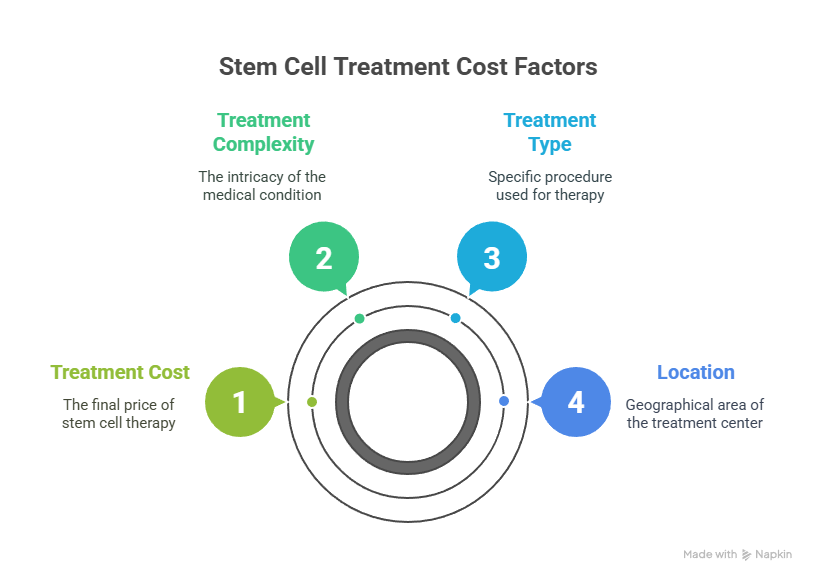
Key Takeaways
- Stem cell cost can really change depending on the type of treatment, where you get it done, and how complex your condition is.
- Treatments for simple issues like joint pain are usually less expensive than those for more complicated, body-wide conditions.
- Most of the time, you’ll be paying for stem cell treatments yourself, as insurance usually doesn’t cover them right now.
What Affects Human Cellular Tissue Allograft (Stem Cell) Cost Across Treatments
Several elements influence what does stem cell treatment cost, making it essential to understand these factors before pursuing therapy. The cost largely hinges on what the treatment involves, where it’s performed, and how experienced the medical team is.
- The type and source of stem cells used.
- The number of treatments required.
- The quality and reputation of the clinic.
It’s important to carefully research the costs at different clinics and consider all these factors when deciding where to receive treatment. This will help ensure you’re making an informed decision about your health and finances.
Stem cell treatments are specialized and not widely adopted in mainstream healthcare, leading to high costs. This scarcity of resources contributes to the overall expense. Knee stem cell procedures can be priced very differently depending on where you go and how the treatment is performed.
Stem Cell Cost for Joint and Orthopedic Therapy
Stem cell treatments are gaining momentum as an alternative approach to managing joint and orthopedic problems. Prices can fluctuate significantly based on a few key factors. Here’s a breakdown of what you might expect to pay. Let’s break down what you might expect to pay.
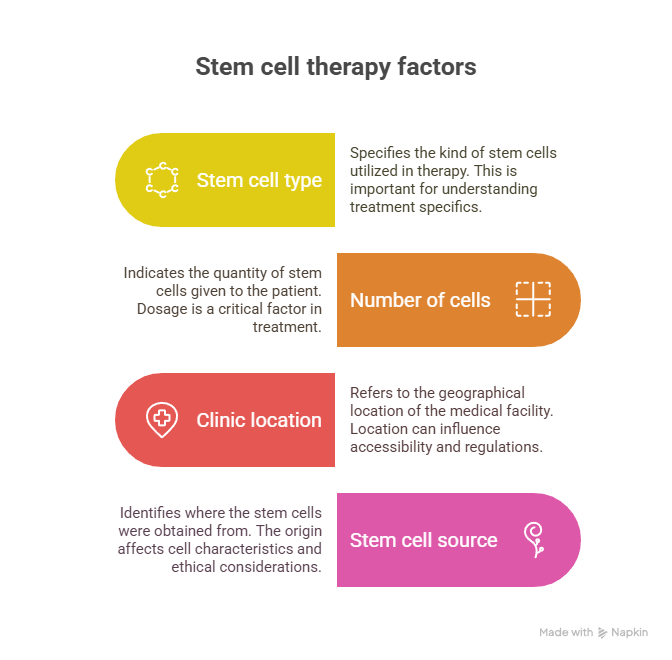
The price of stem cell therapy for orthopedic issues is often less than treatments for more complex conditions. This is mainly because the amount of cells needed can be lower.
- Type of stem cells used
- Number of cells administered
- The clinic’s location
- The source of the stem cells
It’s important to remember that these costs are usually out-of-pocket. Most insurance companies still consider these treatments experimental and don’t cover regenerative knee treatment.
For specific orthopedic issues, here’s a general idea of what you might encounter:
- Knee or Hip Injuries: Typically $5,000 – $10,000.
- Single stem cell injection: Around $4,700.
- Treating two joints in one session: About $9,000.
Keep in mind that paying more doesn’t automatically mean better results. The success of the therapy depends on many things, including getting the right diagnosis and the quality of care.
Comparing Stem Cell Cost for Hair Restoration
While stem cell therapy shows potential for hair restoration, the cost can range widely based on several factors. Unlike joint or orthopedic treatments, hair restoration often involves different techniques and applications, which directly impact the overall price. Let’s break down what you might expect to pay.
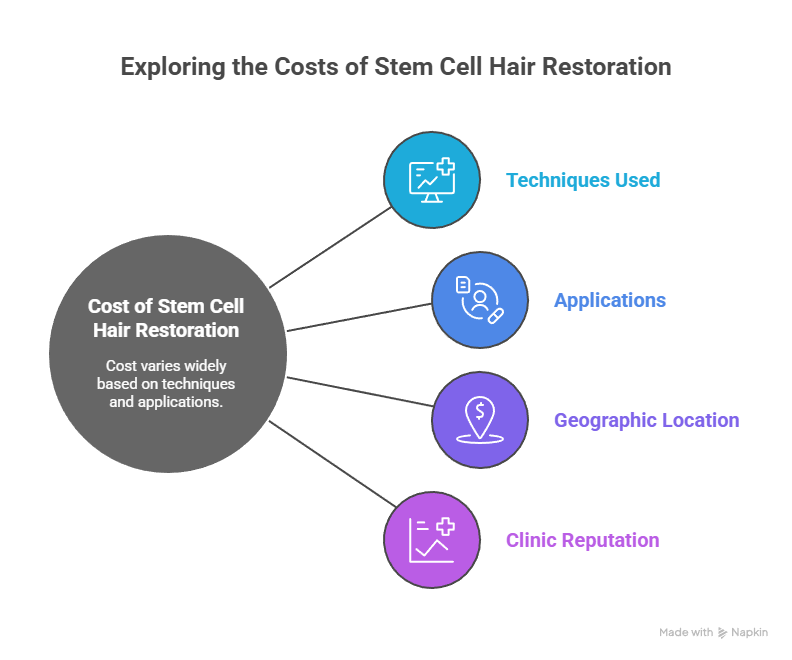
One thing to keep in mind is that the source of stem cells plays a big role. Are we talking about your own cells (autologous) or donor cells? The method of application also matters. Is it a topical treatment, injections, or something else entirely? These factors all contribute to the final cost.
Factors Influencing Cost
Several elements influence the price of stem cell therapy for hair restoration:
- Type of Stem Cells: Autologous stem cells (from your own body) might have different costs compared to allogeneic stem cells (from a donor).
- Method of Extraction and Application: The process of extracting stem cells (e.g., from fat tissue or bone marrow) and how they are applied to the scalp can affect the price.
- Number of Sessions: Because several treatments are usually needed, the overall price tends to go up.
- Clinic Location and Expertise: Clinics in major metropolitan areas or those with highly experienced physicians may charge more.
Cost Comparison
It’s tough to give an exact number without knowing the specifics of the treatment plan. However, here’s a general idea of what you might encounter:
| Treatment Type | Estimated Cost Range | Notes and/or stem cell hair restoration. I paid $6,500 for a stem cell treatment on one knee, so I know it can be expensive. However, there are some types of procedures that are more affordable than others. For example, PRP is typically $500-$1,500, but may be as high as $2,000 at some locations. There’s no fixed price for stem cell therapy—it can vary substantially.
Stem Cell Cost for Anti-Aging and Aesthetic Uses
As stem cell treatments rise in the anti-aging and cosmetic world, it’s crucial to know what they might cost. These treatments aim to rejuvenate skin, reduce wrinkles, and improve overall appearance. However, the price can vary significantly based on the type of treatment and the clinic you choose. Let’s take a closer look.

- Stem cell facials are one popular option. They use stem cells to stimulate collagen production and improve skin elasticity. The cost for stem cell facials can range from $650 to $1,900 per session, but the lasting improvements can be significant.
- Another application is hair restoration. Stem cell therapy can help stimulate hair growth and improve hair density. The cost for hair restoration treatments can vary, but it’s generally in the range of $5,000 to $15,000.
- Some clinics offer stem cell treatments for general anti-aging purposes, such as improving energy levels and overall vitality. These treatments often involve intravenous infusions of stem cells. Stem cell therapy can cost between $5,000 and $15,000, depending on where you go and the methods used.
It’s important to note that the effectiveness of stem cell therapy for anti-aging and aesthetic purposes is still being researched. While some people report positive results, others may not see a noticeable difference. Having honest expectations and getting advice from a trusted medical expert is essential before beginning any therapy.
It’s also important to note that the source of the stem cells can significantly impact the overall cost of therapy, the number of sessions required, and the location of the clinic. For example, Waters Edge Medical Clinic offers a range of medical and spa services, including hair restoration, which may involve stem cell therapies.
Average Stem Cell Cost in the United States
It’s difficult to determine a precise average price for stem cell treatments across the United States, as it varies quite a bit. Several factors influence the final price, what you’ll pay can shift depending on things like the condition being treated and whether autologous or donor stem cells are used, the clinic’s quality, and the physician’s experience.
Generally, you can expect to see costs ranging from $5,000 to $50,000. However, some patients with more advanced or complex conditions might face expenses exceeding $50,000. Let’s break down some of the factors that influence these costs.
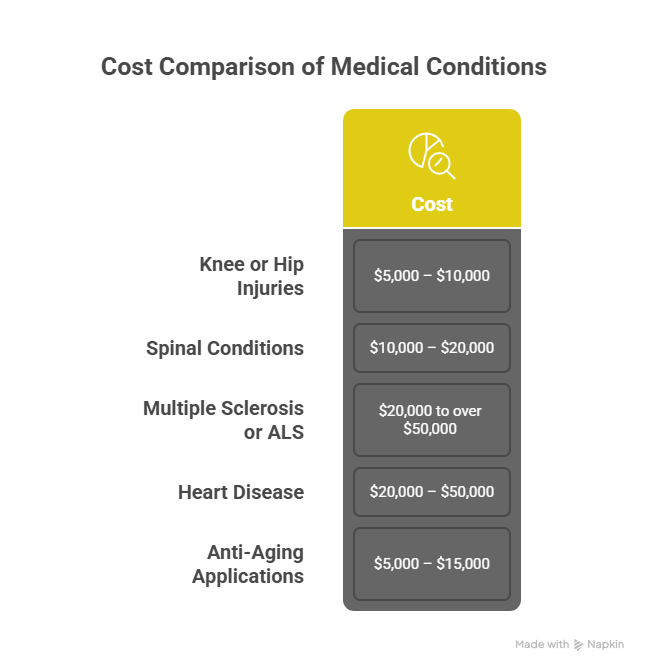
One key factor is whether you’re using autologous (your own) or allogeneic (donor) stem cells. Autologous stem cells are usually less expensive, typically ranging from $5,000 to $15,000. Allogeneic stem cells, on the other hand, are generally more expensive due to the compatibility testing and sourcing requirements, usually starting around $20,000. In most cases, therapies using adult stem cells come at a lower cost than embryonic-based treatments.
Here’s a general idea of what you might expect to pay for specific conditions:
- Knee or Hip Injuries: $5,000 – $10,000
- Spinal Conditions: $10,000 – $20,000
- Multiple Sclerosis or ALS: $20,000 to over $50,000
- Heart Disease: $20,000 – $50,000
- Anti-Aging Applications: $5,000 – $15,000
It’s important to remember that these are just estimates. Where you receive treatment plays a major role in the final cost, the specific treatment plan, and any complications that may arise. Always get a detailed cost breakdown from the clinic before proceeding with treatment.
It’s also worth considering the cost of platelet-rich plasma (PRP) therapy, which is sometimes used in conjunction with stem cell therapy. The PRP vs stem cell cost can range from $500 to $2,000, depending on the procedure and where it’s performed.
So, [how much stem cell cost]? It’s a complex question with no easy answer. The best way to get an accurate estimate is to consult with a qualified stem cell therapy provider and discuss your specific needs and treatment options. Keep in mind that [are stem cells expensive], and it’s important to factor in all the associated costs before making a decision.
Is the Stem Cell Cost Covered by Insurance?
It can be tough to make sense of all the financial details surrounding stem cell treatments. A big question on many minds is: is stem cell covered by insurance? Unfortunately, the answer is often no. Most insurance companies currently classify stem cell treatments as experimental or investigational. This means they don’t consider it a standard of care, and therefore, won’t cover the costs.
This situation leaves patients with limited options. They often need to pay out-of-pocket, explore fundraising, or seek financing to afford these treatments. It’s a personal choice, especially for those who haven’t found relief through conventional methods.
Here’s a breakdown of why insurance coverage is limited:
- Experimental Status: Many insurance providers view stem cell therapy as still under investigation, lacking sufficient long-term data.
- Lack of Standardization: Treatment protocols vary widely, making it difficult for insurers to assess efficacy and necessity.
- Cost Concerns: The potential for high costs raises concerns for insurance companies, especially with uncertain outcomes.
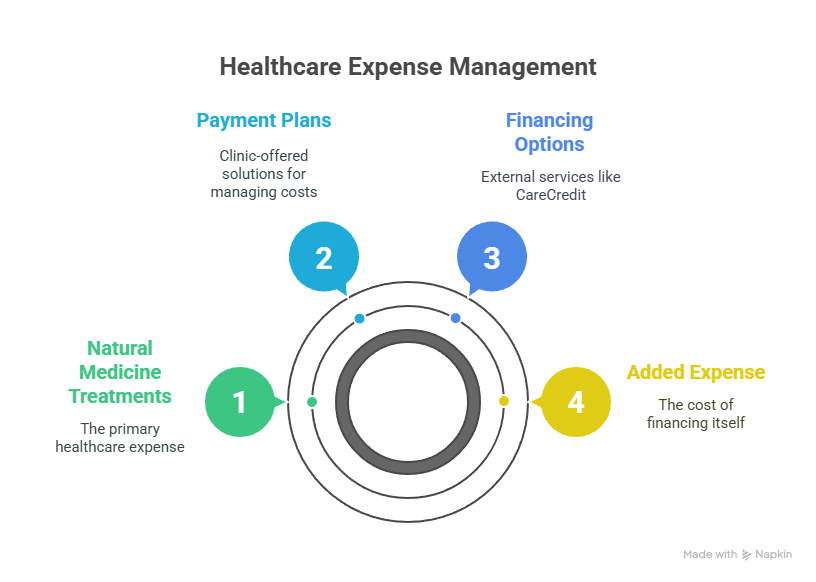
While the landscape is evolving, it’s essential to understand the current limitations. Some clinics, like our orthopedic doctor partners, offer payment plans to help manage the expenses. It’s also worth checking if your provider accepts options like CareCredit or Cherry. Keep in mind that even if a clinic offers financing, it’s still an added expense on top of the natural medicine treatments themselves.
Many patients ask if their insurance plan will cover the cost of stem cell treatments.. It’s a good question, since these treatments can be quite expensive. The truth is, most insurances currently do not cover anything at all, especially for newer or experimental therapies.
It’s super important to check with your insurance company directly to understand what they will and won’t pay for. Don’t just guess! To learn more about how insurance might play a role in your stem cell treatment journey, visit our website.
Wrapping Things Up
So, we’ve talked a lot about stem cell treatment costs. It’s pretty clear there’s no single price tag for this stuff. What you pay really depends on a bunch of things, like what kind of cells they use, how many treatments you need, and even where the clinic is located. Sometimes, it’s a simple injection for a knee problem, and that’s usually less expensive. But if you’re dealing with something more complicated, like a whole-body issue, the cost can go way up. It’s a lot like buying a car, you know?
A basic model is one price, but a luxury one with all the bells and whistles is totally different. The main takeaway is that you really need to do your homework. Ask lots of questions, compare different places, and try to understand what you’re actually getting for your money. It’s a big decision, and knowing the ins and outs of the cost can help you figure out if it’s the right path for you.
Frequently Asked Questions

Why do stem cell treatments cost so much?
Stem cell therapy costs can fluctuate widely from one provider to another. It depends on several things, like the type of stem cells used, how many treatments you need, the quality of the clinic, and how much experience the doctor has. Simpler treatments, like for joint pain, might cost less than more complex ones for serious diseases.
Does insurance help pay for stem cell therapy?
Generally, health insurance plans don’t cover stem cell treatments. This is because many of these therapies are still considered experimental or not yet standard medical care. So, most patients end up paying for these treatments themselves.
How can I make stem cell treatment more affordable?
You might be able to lower the cost by looking at different clinics and comparing their prices. It’s good to find a clinic that has good doctors and facilities but also fair prices. Sometimes, choosing a better clinic upfront can save you money in the long run by preventing future problems or needing more treatments.
If you have any additional questions or if you are interested to see if stem cell therapy is right for you, feel free to contact us at Waters Edge Medical Clinic and receive a free consultation and evaluation. 727-550-0855.

